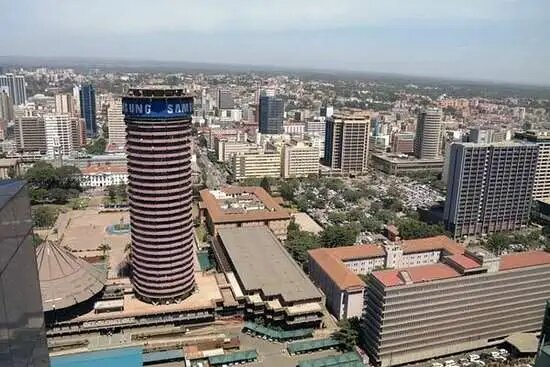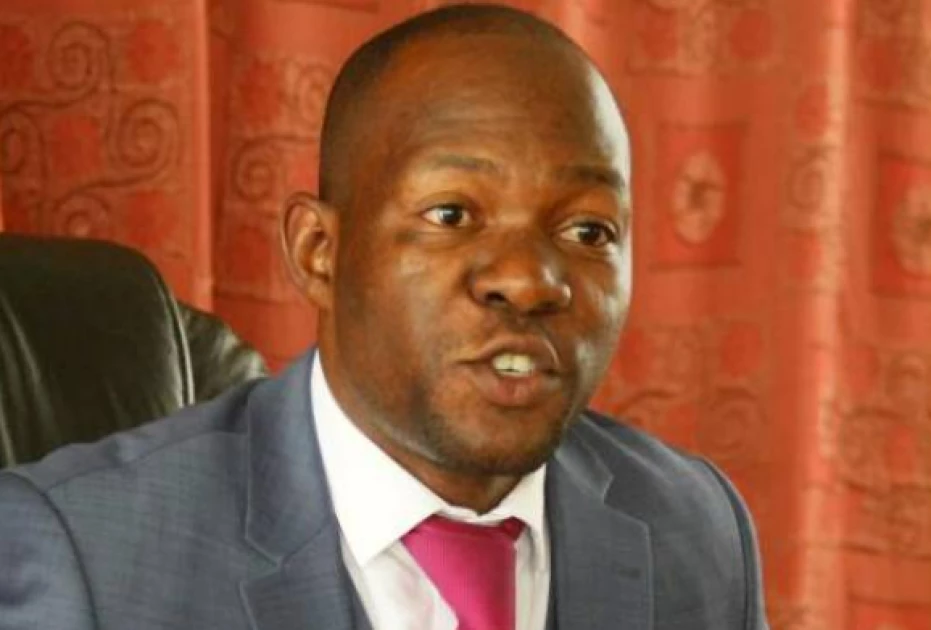Invest in future of cities to make them habitable

It is a few days before we celebrate the World Cities Day (WCD) on October 31. Every year, this day gets more significance as the globe gradually turns into one big city of interconnected towns.
Theme for this year’s WCD is, “Financing sustainable urban future for all”.
Designated by the United Nations General Assembly resolution 68/239, the Day serves as an opportunity to promote the international community’s interest in global urbanisation, push forward cooperation among countries in addressing challenges of urbanisation and contribute to sustainable urban development around the world.
The event aims at, among other objectives, promoting the international community’s interest in global urbanisation, enhancing cooperation among countries and cities in meeting opportunities, addressing challenges of urbanisation, and contributing to sustainable urban development.
Overarching theme of WCD is, “Better City, Better Life”. This is a fact that urban Kenyans can relate to so well. According to the World Health Organisation, urban health requires a cross-cutting approach to tackle the triple key public health concerns in urban areas – non-communicable diseases, infectious diseases, injuries and interpersonal violence.
Many cities around the world are in crisis. Hundreds of cities are struggling with the impact of conflicts, natural disasters, failures in governance and economic stress. The Covid-19 pandemic made matters worse due to the massive disruption of transport and economic activities.
Spiralling population in cities has compounded the problems of air and water pollution, water shortages, waste-disposal, and high energy consumption. Depreciation of infrastructure in cities is very high due to constant use, oftentimes holding more than the recommended capacity.
Globally, slightly over 50 per cent of the world’s population today lives in urban areas. According to the World Bank, this trend is on a rapid increase and by 2045, the number of people living in towns and cities is projected will increase to six billion from the current four billion urban residents.
Kenya is also part of this trend as more people leave their rural homes for towns in search of jobs and the ‘good life’.
This demographic group consists mainly of youth who leave schools and colleges. Urbanisation is a reality we cannot live without. Indeed, more than 80 per cent of the world’s Gross Domestic Product is generated in cities through trade, commerce and manufacturing. Indeed, cities consume about two-thirds of the world’s energy, which translates to 70 per cent of global greenhouse gas emissions.
Urban experts observe that if properly managed, urban centres act as hubs of productivity and offer an ideal environment for innovation and formation of new ideas.
However, rapid urbanisation has brought with it massive challenges. These include an insatiable demand for affordable basic services like housing, education, transport and health care. Jobs and other income generating activities are also scarce compared to demand, which leaves a large number of people almost destitute.
As cities develop, so does the rise in their exposure and vulnerability to climate and disaster risk. In some places, effects of the increasing carbon footprint are already being experienced. For instance, almost half a billion urban residents live in coastal areas, increasing their vulnerability to storm surges and sea level rise.
The World Bank notes that the way many cities are currently physically constituted gives little room for flexibility. Once a city is built, its physical form and land use patterns can be locked in for generations, leading to unsustainable sprawl.
Consequently, the Bank recommends that both national and county (state) governments must engage in intensive policy coordination and investment choices to build cities that “work” – inclusive, safe, resilient and sustainable.
— The writer is a PhD candidate in International Relations












